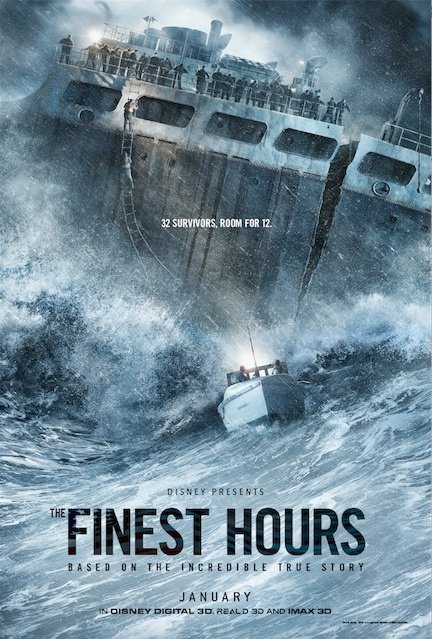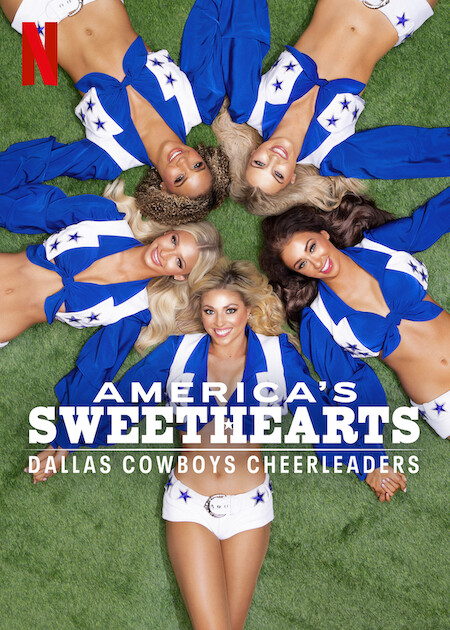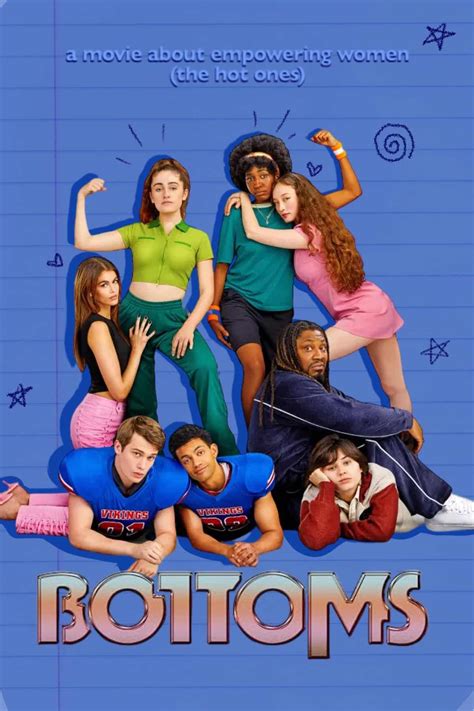“The Finest Hours” is a refreshing and exciting story
3/5
February 3, 2016
On Feb. 18, 1952, the United States Coast Guard pulled off one of the most historic small boat rescues in the history of the military branch, rescuing 32 of the 33 sailors on an oil barge that split in half in the middle of a tumultuous storm off the coast of Cape Cod. On top of holding 32 sailors and the four original crewmen on the 36-foot lifeboat, the captain of the boat was able to steer the boat back to port in the middle of the storm at night with no compass.
Highly regarded as one of the greatest small boat rescues in the history of the U.S. Coast Guard by many high ranking officials of the branch, this rescue mission reproduced on the cinema stage very well. Despite the small, but somewhat common, hiccups from the scripting and acting, the movie was well-paced and had a riveting atmosphere that put me on the edge of my seat for many parts of the film.
This movie was set up to be beautiful to the eyes from the beginning by being a Disney production. The movie created a perfect blend between the scenes with dialogue on the boat to the battle against the gigantic waves that the small boat crew had to strafe through to reach their mission objective.
Visuals are a major factor, but it can’t carry a film if the spoken words aren’t on point. The script was where the movie hiccupped and struggled keep up with the beauty of its scenes. Chris Pine’s character Bernie Webber was very consistent for the most part on his morals throughout the film, which made his performance as a veteran sailor in the Coast Guard seem believable.
Pine was way too quiet, however, when he was in awkward encounters with his girlfriend in the beginning of the film, but the progression with his confidence throughout the film made his character more enjoyable. In the first 5 minute of the film, he has his first encounter with his girlfriend. Although they did the 1950 equivalent of Tinder by primarily communicating over phone, he didn’t need to be so awkward that he was practically whispering to her when they’re a yard away from each other.
Some characters seemed crudely put together. They would do a complete 180 with their beliefs and instead of being the annoying antagonist they started off as, became another figure that stood behind the main characters as if they were a part of their shadows. If the transition of those characters were more drawn out and better paced, the characters could have redeemed those 180 degree turnarounds without question.
For instance, Richard Livesey went from hating Webber’s guts for a failed exhibition that he was a part of the previous year to being an underling of him. He chose to risk his life to help him achieve this seemingly impossible rescue mission. He held a grudge in the beginning of the film very adamantly against Webber, but it unraveled as a cheap plot tool to continue Webber’s character progression later in the movie.
That was the only major fault I saw in this film. There were small aspects that this film could have improved upon, like how the relationship between Webber and his girlfriend Miriam was totally rushed, being only a few months in and she pretty much guilted him into saying yes to her spontaneous marriage proposal during a ball near the beginning of the film. Although that doesn’t seem small, the progression of the film covered the scene with the intense battle against the odds at the climax of the journey.
The film doesn’t have many plot holes, but there wasn’t that much plot to mess up. This had sort of the “Mad Max” effect, where the film didn’t have much of a background or story that could be messed up. The majority of the film was within a night-long war with the waves, and that isn’t a bad thing. I wouldn’t go see it again in theatres, but this is a film that I could see myself buying a Blu-ray of some day when it’s on the discount rack.

















